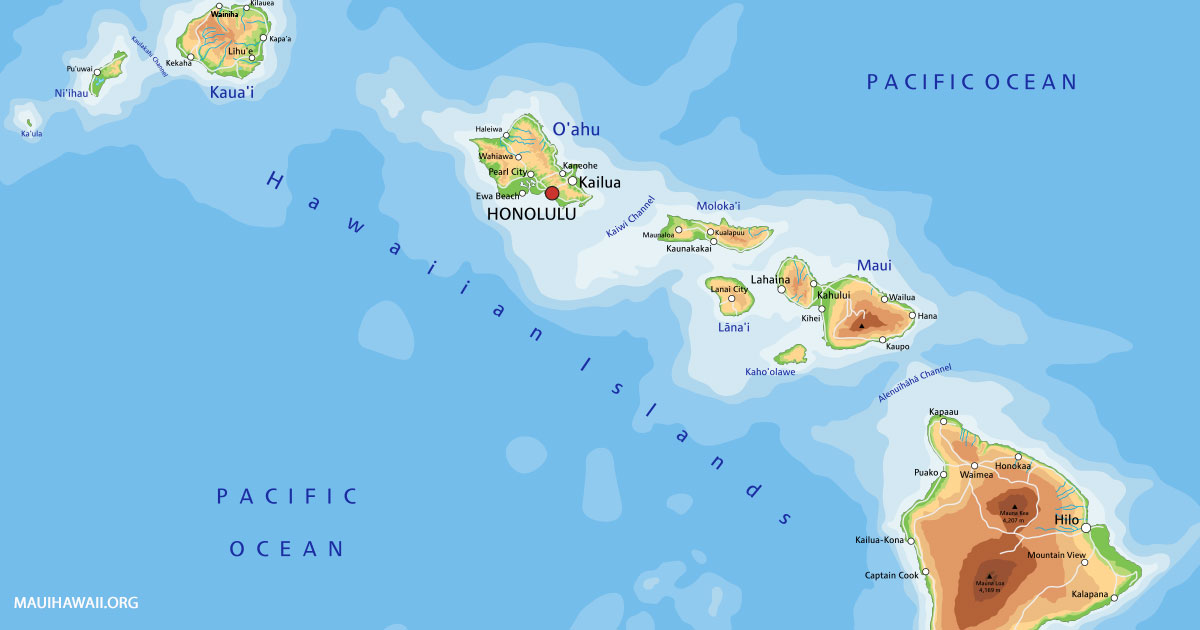The 50th state of the United States is a unique and captivating island chain located in Hawaii, in the Central Pacific Ocean. Known for its amazing natural beauty, tropical climate, and rich cultural heritage, Hawaii attracts millions of visitors from all over the world every year. However, beyond its beaches and resorts, Hawaii has a deep and complex history that is shaped by Polynesian settlers, European explorers, and American expansion.
It is the only American state made entirely of islands and is the only one with a native royal history. From its early days as an independent state to its annexation by the United States and the final state in 1959, Hawaii has played a special role in American history. Today, the air economy thrives on tourism, agriculture, and the army, while its education system is unique as the only statewide public school system in the nation. Hawaii continues to balance modern development with conservation of its cultural identity.
Check Out: All About Alabama: History, Map, Education, Geography and Economy
Capital of Hawaii
Source: Flag USA
Honolulu, the capital of Hawaii, the largest city in the state, is geographically located on the island of Oʻahu. It is a political, cultural, and economic center of Hawaii, and Hawaii's largest and most visited population center, with approximately 10 million visitors per year drawn to its internationally recognized Waikiki Beach, Diamond Head crater, and the historic sites of Pearl Harbor.
Honolulu is also an important center of international business and military defense in the Pacific. In addition to international tourism, the city represents a mix of modern urban features while celebrating the traditional lifestyle of the Hawaiian culture through its rich artistic expressions, cuisine, and music.
History of Hawaii
The history of Hawaii is rich, complex, and unlike that of any other American state. It began 1,000 years ago, when Polynesian voyagers from islands such as Tahiti and Marquesas arrived in a double-hulled canoe, along with them brought their language, traditions, and navigation skills.
These early settlers formed a society on the basis of farming, fishing, and respect for nature and gods. In 1778, the British explorer Captain James Cook became the first European to visit Hawaii, leading to an increase in Western influence.
In 1810, King Kamehameha I successfully united all the Hawaiian islands under a state, established a centralized monarchy. During the 19th century, American missionaries and traders gained influence, especially in Chinese and Pineapple Industries.
Geography of Hawaii

Source: Mauihawaii.org
Hawaii is the only U.S. state that is composed entirely of islands and is located in the central Pacific Ocean, formed from volcanic activity that shaped the islands.
The Hawaiian archipelago includes eight principal islands and has geographic features that range from active volcanoes, high mountains, and rainforests to valleys, waterfalls, and shorelines.
Hawaii's tallest point, Mauna Kea, is over 13,000 feet in height, and its largest volcano, Mauna Loa, is the largest volcano in the world. The islands are surrounded by the Pacific and are known for their coral reefs and rich ecosystems.
Economy of Hawaii
Hawaii has an economy that is like no other in the world, due to its location, natural beauty, and cultures. The economy is mainly driven by a few sectors:
1. Tourism
Tourism is the predominant and most important sector of Hawaii's economy. Every year, millions of visitors travel to Hawaii for the beaches, volcanoes, culture, and scenery. The tourism industry supports hundreds and thousands of jobs in hotels, restaurants, transportation, and entertainment.
2. Military
The U.S. military is one of the largest employers in Hawaii. The largest bases, such as Pearl Harbor, are contributors to Hawaii's economy due to defense-related jobs, infrastructure, and local businesses.
3. Agriculture
Agriculture was once very dependent on sugar and pineapple plantations. Now, agriculture is considerably smaller, but still employs workers on coffee, macadamia nuts, tropical fruit, flowers, and aquaculture.
Education in Hawaii
Hawaii's educational system is special, being a single statewide public school system overseen by the Hawaii Department of Education (HIDOE) that serves all islands and consists of over 250 public schools. Hawaii features public charter schools, which allow for different approaches to education (often Hawaiian culture or STEM); in addition, there are many well-respected private schools throughout the state.
The University of Hawaii system serves a broad spectrum of educational programs at multiple campuses: UH Mānoa, UH Hilo, a number of community colleges, and the UH system focuses on Hawaiian language, environmental education, and college readiness. Nevertheless, Hawaii has its share of current challenges and barriers, including a teacher shortage and unequal opportunities in rural areas.
Comments
All Comments (0)
Join the conversation